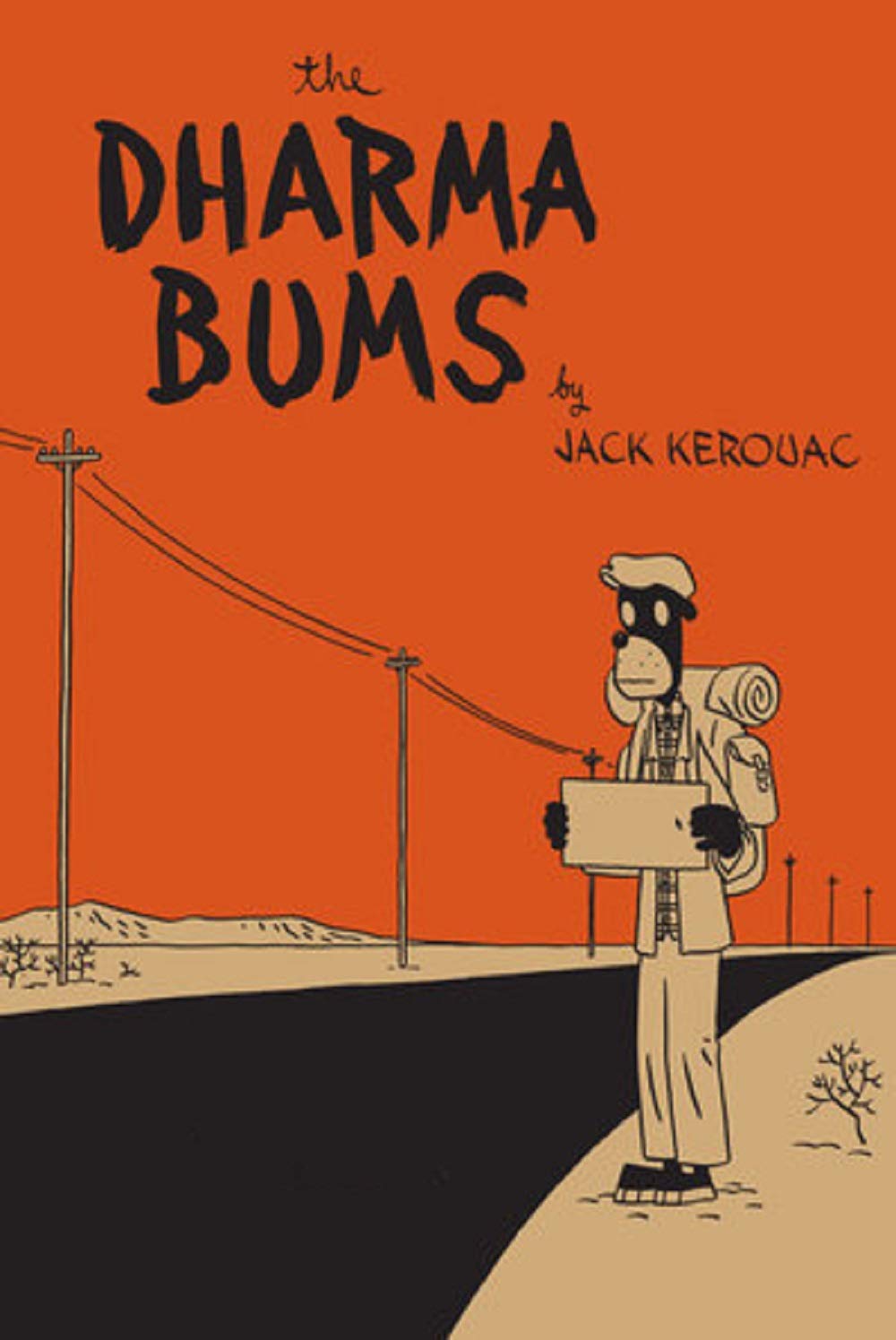The Dharma Bums

Author: Kerouac, Jack
Tags: travel, spirituality, poetry, memoir
Timeline: between Friday, January 10, 2025 and Thursday, January 30, 2025
This is an important book mostly because Kerouac was an “influenster”, back in the day, for the beatniks, who are basically proto-hippies. Ray, the protagonist (a thinly veiled JK) wanders around the United States as a hobo (or as he would put it a “bhikhu”, a mendicant monk) along with his best buddy, Japhy and several other hangers on. He is a buddhist, an alcoholic in denial, and a recognized poet who receives academic grants for his writing. He does a lot of hiking in California and beautifully describes some beautiful country, notably to me, as a backpacker starting in the 1970’s is that he is able to drink unfiltered water from streams. This an interesting read simply as a travel journal. There is a fair amount of “beat” poetry in the book which is OK I guess. My biggest take away from the book is that Ray and most of his follower beatniks who have rejected materialism and the “rat race” come from a position of privilege (and all the characters are ofc white) that (much like the Buddha) enables their rejection of uptight materialism for the simple life (but then again “white privilege” was not even a whiff of a notion probably until 20 years later, so it’s unfair to hold that against the book). I would have loved more background as to how Ray came to consider himself a Buddhist and some explanation of the Buddhist vocabulary he used and mythos he referred to; in real life, JK read The Buddhist Bible when he was in the merchant marine during WWII.